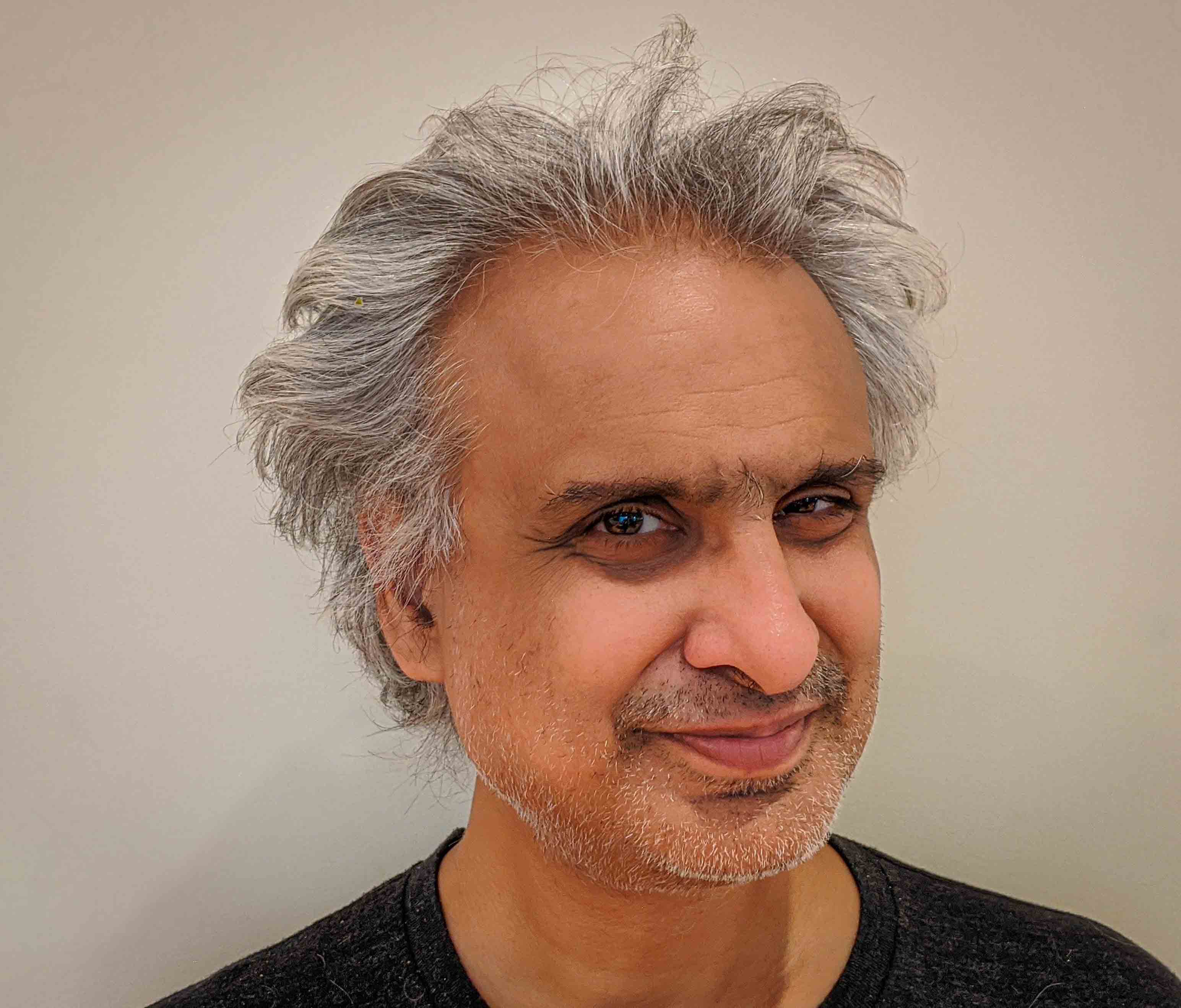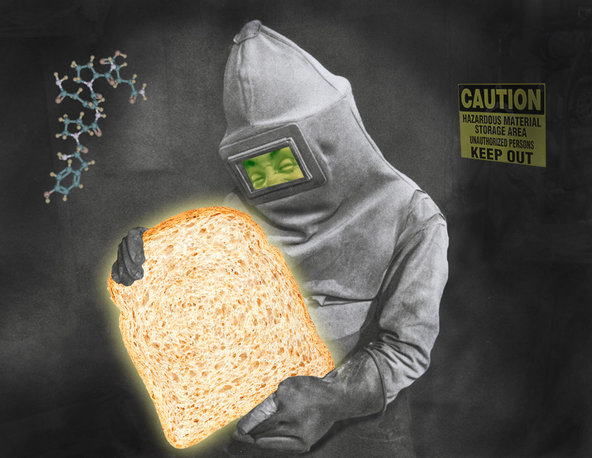
Personal: satnam@raintown.org
Personal: satnam6502@gmail.com
Professional: s.singh@acm.org
Professional: s.singh@ieee.org
Professional: https://satnam6502.github.io
FP Castle: https://fpcastle.com
 satnam6502
satnam6502
 satnam6502
satnam6502
 satnam6502.bsky.social
satnam6502.bsky.social
 satnam6502
satnam6502
 Google Scholar
Google Scholar
 ORCID-ID: 0000-0002-2017-4310
ORCID-ID: 0000-0002-2017-4310
Researchr Profile
Celiac Disease

I have celiac disease which is an autoimmune disease with no cure (not to be confused with a wheat allergy or a lifestyle choice). From 2012 to May 2024 I followed a strict gluten-free diet, making sure nothing I ate contained more than 20ppm (parts per million) of gluten. I found following such a strict diet to be exasperating and it has taken a toll on my mental health. Anyone who knows me knows how much I love cooking and restaurants. It is utterly alienating to be excluded from enjoying food with others, either by not being invited in the first place, or by having to forgo delicious main courses and cakes.
Celiac disease kills in many ways e.g. death from stomach cancer. If the only downside was temporary short term extreme pain then I would just consume gluten and be done with it, given how much I love food and cooking. Sometimes I might have no physical reaction to being glutenated, but the damage is still being done. That’s why I can tell you if I have been gluentated, but I can’t tell you if I have not.
A Swedish medical study found that soy sauce is often less than 20ppm gluten so I did an experiment for six months where I consumed regular soy sauce. I had celiac blood tests done just before and afterwards. My tTG Ab IgA antibody test results remained well below the normal threshold of less than 1.0U/mL. Before I was diagnosed it was 33U/mL. So going forward I am going to consume regular soy sauce and not worry about it.
Until now I have been avoiding cross contamination that occurs when food is fried in the same frier that is used to cook glutenated items (e.g. breaded fish, onion rings). This means I can almost never have chips (fries), which is one of my most loved guilty pleasures. For the next six month experiment I am going to dispense with avoiding frier-based cross contamination and see what my test results look like afterwards.
Another change I plan to make it to be a lot more lax when eating at nice Michelin starred restaurants. I will no longer tell them I have celiac disease. I will forgo the bread, cake etc. and other items that clearly have a lot of gluten. But I won’t forgo a wee prawn lightly battered and deep fried. I’m probably going to die sooner than otherwise for making this choice, but life is for living, and while I still have some of my health and mobility left I want to enjoy the things that mean the most to me (like nice restaurants) with the people I love. I’ve not survived near death from a blood clot in my lungs to live a miserable life!
I hope people will continue to invite me to dinner and cook for me. To a first approximation all unprocessed ingredients are gluten-free unless they are made from or contain wheat or barley or rye. Just read the label and look at the contains line to see if any item in bold is marked as “gluten” or “wheat”. Any dish containing flour or pasta can be made gluten-free using gluten-free flour and pasta, available in any supermarket. It is not difficult, it is not complicated.
The picture at the top of this post is by Lou Beach and is taken from the New York Times article Gluten-Free, Whether You Need It or Not.
More information:
- Traveling while gluten free: a survival guide (Jodi Ettenberg’s excellent article in The Guardian newspaper)
- Celiac Disease: Nutritional Considerations (New York Times)
- What to Ask About Celias Disease (New York Times)
- Who Has The Guts for Gluten? (New York Times, Feb 2013)
Posts
Saison
Defiance and Thatcher
Ross Anderson
Aloo Baingan
Cambridge Restaurants
Haggis with Neeps and Tatties
Abuse and Bullying: An Ad Hoc Personal Survival Guide
Cail Bruich
Aloo Gobi
Chicken Tikka Masala: Marks and Spencer vs. Waitrose Ready Meals
Atelier Crenn
Crispy Spicy Okra
Satnam's Chicken Curry
Celiac Disease
Chicken Tikka Masala
Lentil Dahl
The Fat Duck
Postcard From The Valley